Bollywood vs South Indian Cinema: Why Pan-India Films Are Taking Over 2025
There was a time when Bollywood was the heartbeat of Indian cinema, a dream factory where stars were born and Hindi films defined what it meant to be “Indian” on screen. From the golden era of Raj Kapoor to the modern era of Shah Rukh Khan, Bollywood has shaped the country’s entertainment industry.
But something extraordinary has happened in the last few years. The spotlight has shifted, and this time, it’s shining brightly on South India. South Indian cinema, once considered regional, has not only challenged Bollywood but also redefined the true meaning of Indian cinema.
South Indian films like Baahubali, KGF, RRR, and Pushpa have not only broken box-office records but also built bridges, uniting audiences across languages, cultures, and geographies. These are new-age pan-Indian films, cinematic phenomena that connect with audiences through emotion, scale, and a universal language of storytelling.
Today, the conversation isn’t just about “Bollywood vs South Indian cinema.” Rather, it’s about how South Indian filmmakers have changed the game and how Bollywood is learning, adapting, and finding its place in this new, integrated cinematic landscape.
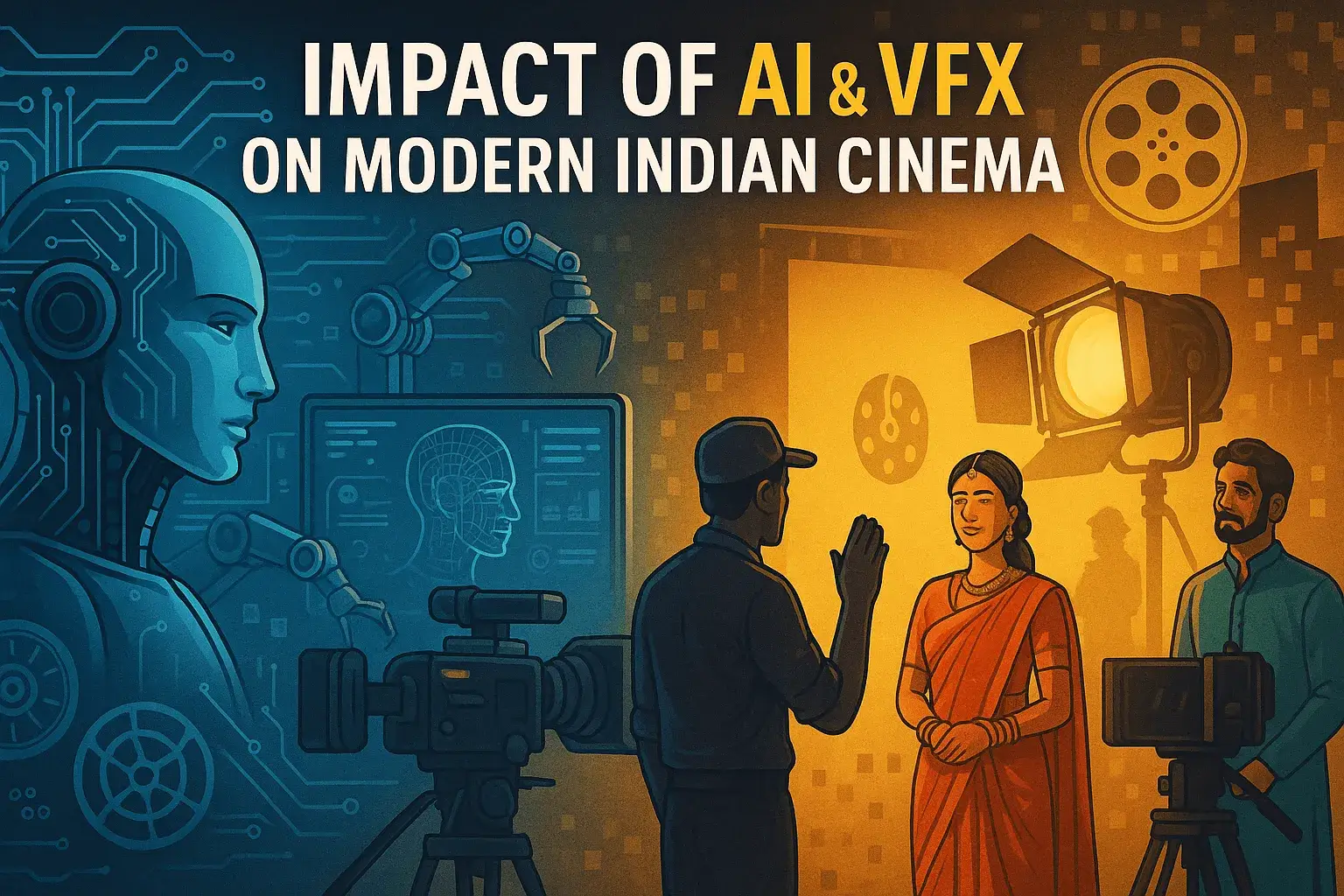
What Are Pan-India Films?
A pan-Indian film isn’t just a movie dubbed in multiple languages it’s a story designed to unite audiences across the country. These films blend universal emotions with spectacular visuals, captivating audiences across the country, from Mumbai to Madurai.
This shift actually began in the South. With Baahubali, KGF, RRR, and Pushpa, South Indian filmmakers demonstrated that language is no longer a barrier to success. Their movies resonate with audiences because they possessed heart, heroism, and a cultural depth that was both local and national.
Bollywood, once the epicenter of Indian cinema, quickly realized this shift. The pan-Indian model has transformed everything, proving that when a story is compelling, it reaches everyone, requiring no translation.
Top 10 Indian Directors — The Future of Cinema
Discover India’s most visionary filmmakers shaping the next era of cinema.
Why South Indian Cinema Is Rising in the Pan-India Era?
The rise of South Indian cinema isn’t just due to big budgets or high-octane action, unlike Bollywood, but rather to the strong storylines within the films. South Indian films offer a connection to their culture, yet still touch the heart of every Indian.
In contrast to Bollywood’s often formulaic approach, South Indian filmmakers focus on authentic emotions like pride, revenge, faith, and family. Their protagonists are flawed yet powerful, their worlds are rich in local flavor, and their storytelling is simple and elegant.
This blend of authenticity and universality in South Indian movies has resonated deeply with audiences. Whether it’s the rebellion of Pushpa, the brotherhood of RRR, or the courage of KGF, these films offer equal parts emotion and spectacle, something Bollywood has been slowly moving away from.
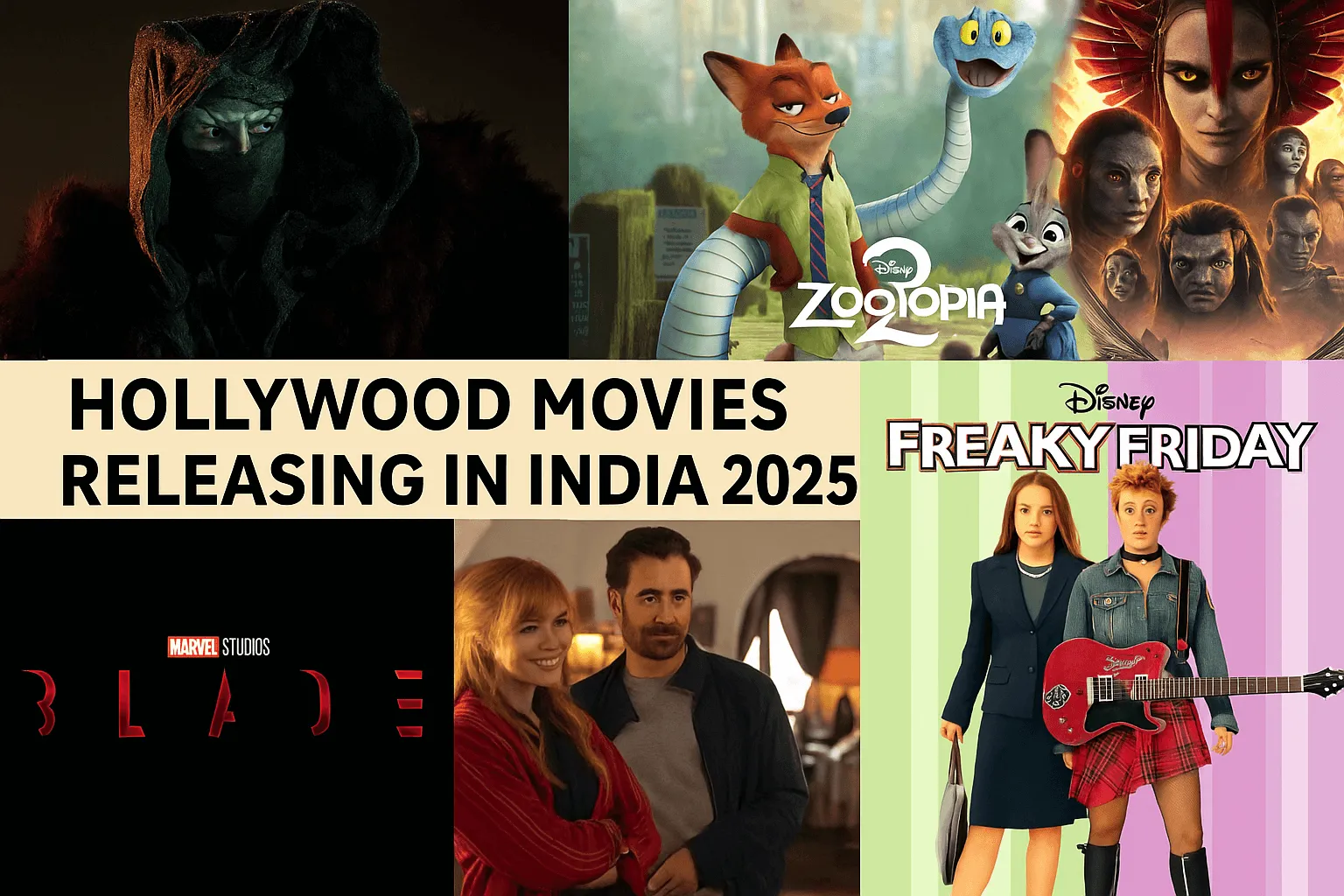
Hollywood Movies Releasing in India 2025
Explore the complete list of Hollywood movies releasing in India in 2025 — from superhero sagas to sci-fi adventures. Stay updated with all upcoming blockbusters.
The Pan-India Strategy: How the South Changed the Game
The real game-changer for South Indian cinema was its pan-Indian strategy, a bold move that transformed regional films into national blockbusters.
Instead of limiting their reach, South Indian filmmakers began releasing films in multiple languages simultaneously, allowing audiences in every state to experience the same story simultaneously. This strategy was first demonstrated by Baahubali and later by films like KGF, RRR, and Pushpa.
But it wasn’t just about film translation. These films were made for a broad audience, with universal stories, high-quality productions, powerful music, and a strong visual identity. Each release was accompanied by massive marketing campaigns and fan-focused promotions, making these movies a hot topic of interest far beyond their home states.
Bollywood quickly took notice. The once trend-setting industry is now following the South’s lead, collaborating with Southern directors, expanding release strategies, and making films with the pan-Indian audience in mind. The result? The idea of ”regional cinema” began to fade, and was replaced by a new vision: one Indian cinema, many languages, one audience.
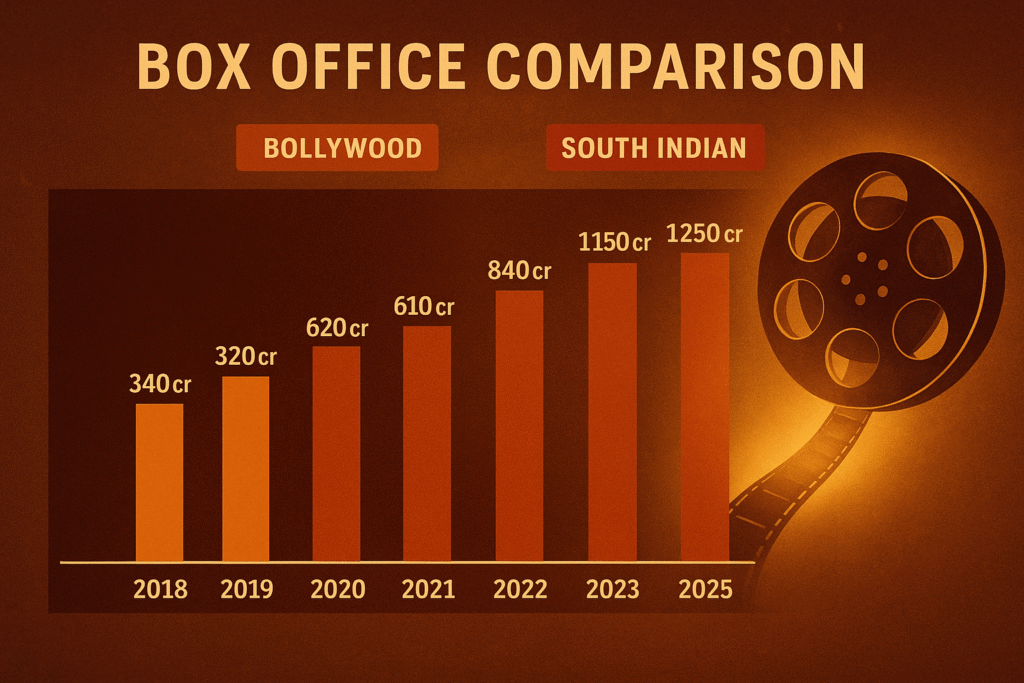
The Role of OTT, Marketing, and Digital Reach
If theaters gave South Indian cinema a platform, OTT platforms and digital marketing have given South Indian movies wings. With the rise of OTT platforms like Netflix, Amazon Prime, and JioHotstar, audiences across India began discovering and enjoying subtitled regional films. Language barriers began to diminish, and the stories of South Indian movies suddenly found a nationwide following.
South Indian producers were quick to grasp this shift. They launched robust digital campaigns, released movie trailers across India, and leveraged social media to make films like Pushpa and Kantara nationally popular. Even before release, audiences were completely engrossed, humming songs and sharing dialogues.
Meanwhile, Bollywood has been adapting. While many Hindi films struggled to find releases after the pandemic, South Indian films thrived online, turning every release into a digital spectacle.
The combination of OTT exposure, fan-driven marketing, and multilingual releases has propelled South Indian cinema far beyond its traditional reach, proving that powerful storytelling and clever strategy can win both hearts and screens.
🎬 Highest Grossing Bollywood Movies
Explore the biggest box office blockbusters that defined Indian cinema and shattered records across the globe.
Read MoreHow Bollywood Is Adapting to the Pan-India Wave?
For decades, Bollywood has ruled Indian cinema, setting new trends, creating superstars, and furthering the country’s cinematic identity. But today, with the rise of South Indian cinema and the unstoppable wave of pan-Indian films, Bollywood is being pushed to the brink of success.
Audiences no longer want predictable stories or repetitive formulas. They’re looking for emotion, depth, and fresh stories the same magic that South Indian filmmakers specialize in. In response, Bollywood is opening its doors to new voices and new styles.
Collaborations are at their peak in the Indian film industry. Directors like SS Rajamouli, Atlee and Sandeep Reddy Vanga are blending South Indian intensity with Bollywood scale, creating blockbusters that feel bigger and more emotionally impactful. Even longtime Hindi filmmakers are now embracing sweeping storytelling and deep emotions that resonate across India.
It’s no longer about rivalry. Bollywood isn’t fighting the South, it’s learning from it, adopting its storytelling methods, and rediscovering the very things that once made it great. The industry that once pioneered is now moving forward through collaboration, proving that the true strength of Indian cinema lies not in competition, but in unity.
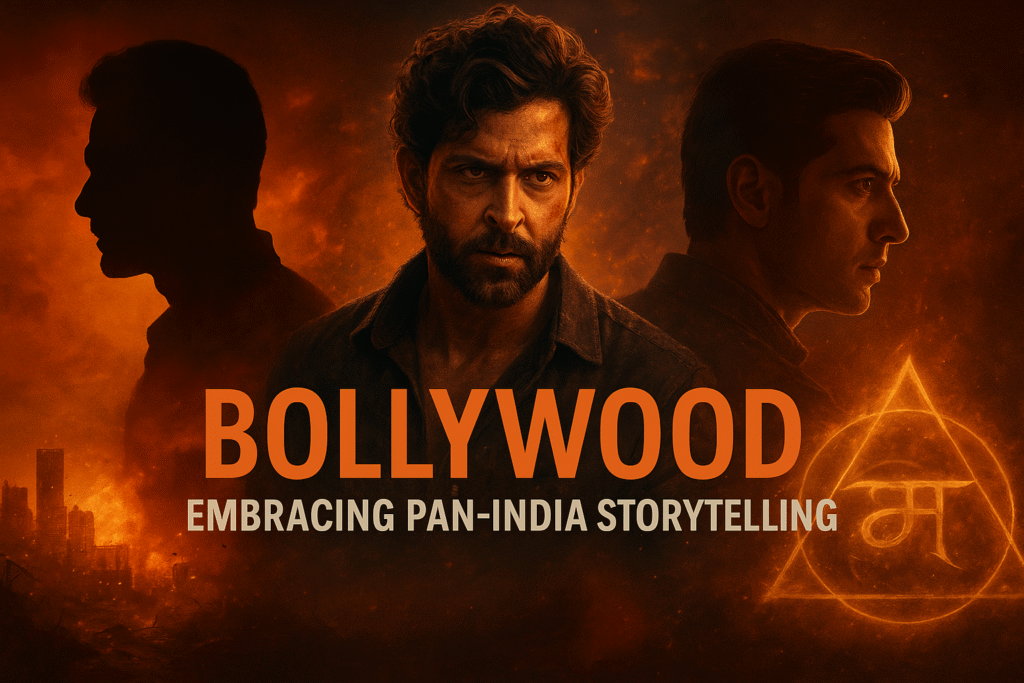
Box Office, Awards, and the New Power Balance
In the long-standing story of Bollywood versus South Indian cinema, the biggest turning point has been the shift in box-office dominance. For decades, Hindi films ruled multiplexes across India. But today, South Indian blockbusters are the ones driving the revenue.
South Indian films like Baahubali 2, KGF: Chapter 2, and RRR not only broke records but also took them to new heights. These films grossed thousands of crores worldwide and attracted audiences across regions and language groups. In contrast, many big-budget Bollywood films, despite star-studded casts and heavy promotions, have struggled to create the same magic.
This recognition isn’t limited to movie ticket sales. At the 70th National Film Awards, South Indian films won the most honors, nearly 20 major awards, while Hindi cinema received just a handful. This indicates that creative innovation and storytelling excellence are now flourishing beyond Mumbai’s film industry.
This shift isn’t a downfall for Bollywood but rather a warning. South Indian cinema has demonstrated that audiences value passion, not just popularity. The future belongs to films that combine emotion, originality, and vision, regardless of the language in which they are made.
The Future: One Indian Cinema
The rise of pan-Indian films isn’t just a trend, it’s the beginning of a new cinematic era. The walls that once separated Bollywood and South Indian cinema are slowly crumbling, replaced by collaboration, respect, and a shared vision.
Actors, directors, and technicians now work across industries with ease. A Hindi superstar can headline a Telugu project, and a Tamil filmmaker can direct a Hindi blockbuster because audiences today care about story and soul, not language.
What we are witnessing is the birth of an Indian cinema that is bold, diverse, and truly global. Whether it’s a film from Mumbai, Hyderabad, or Chennai, the most important thing is that it touches the heart of every Indian.
As Bollywood adapts and South Indian cinema continues to innovate, the stage is being set for a new future where the female lead will take center stage, and Indian stories will shine brighter than ever before.
Conclusion
The debate over Bollywood versus South Indian cinema has now become much more inspiring. South Indian films, with their authenticity, emotional depth, and technical excellence, have redefined the art form and inspired Bollywood to innovate and evolve. Together, these films are forging a pan-Indian identity where creativity knows no language and each film has the power to influence millions. The future of Indian cinema lies not in competition, but in collaboration, culture, and cinematic unity.
Follow TheReviewNow for more updates
Fresh OTT news, trailers, reviews & trending stories—delivered first.
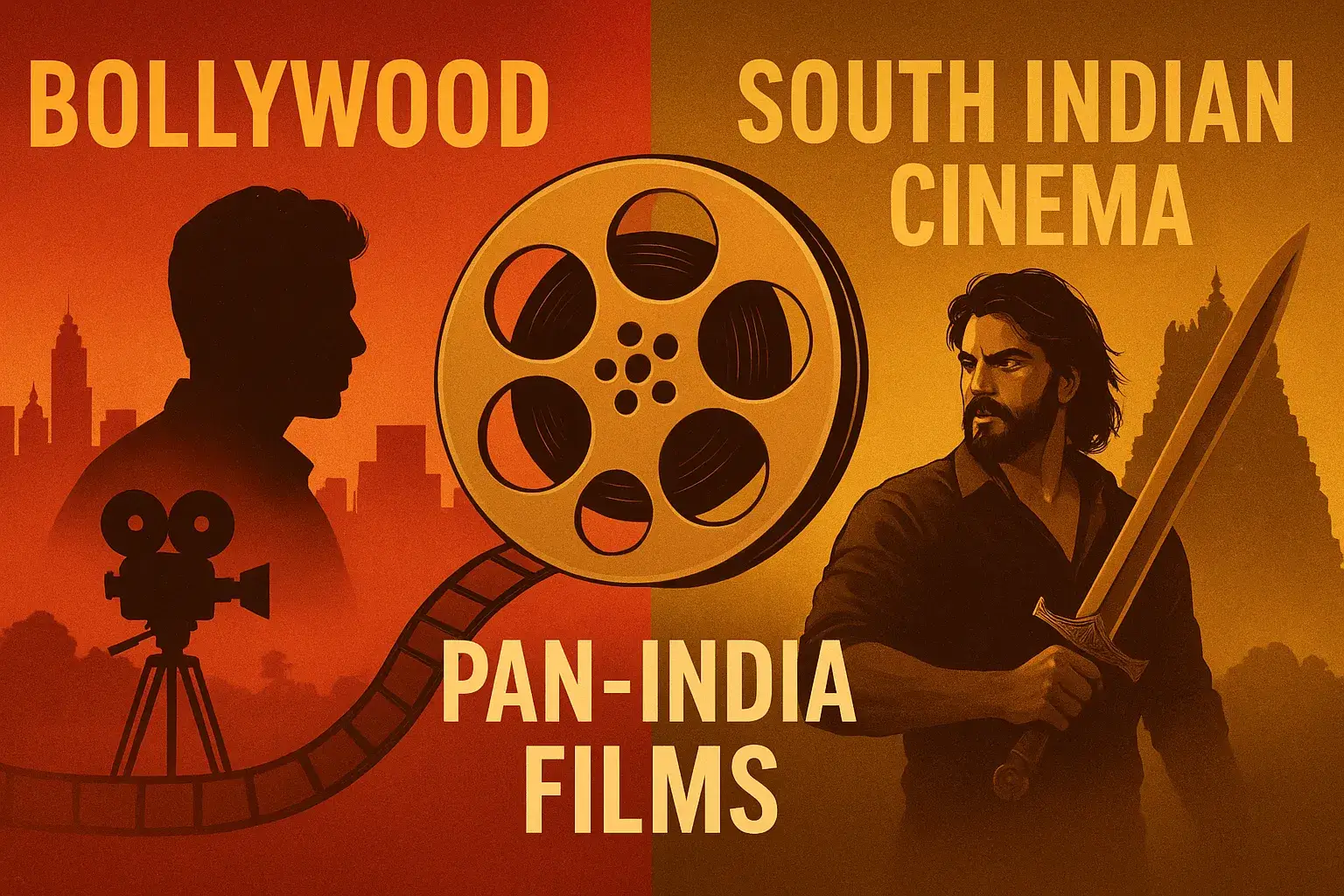
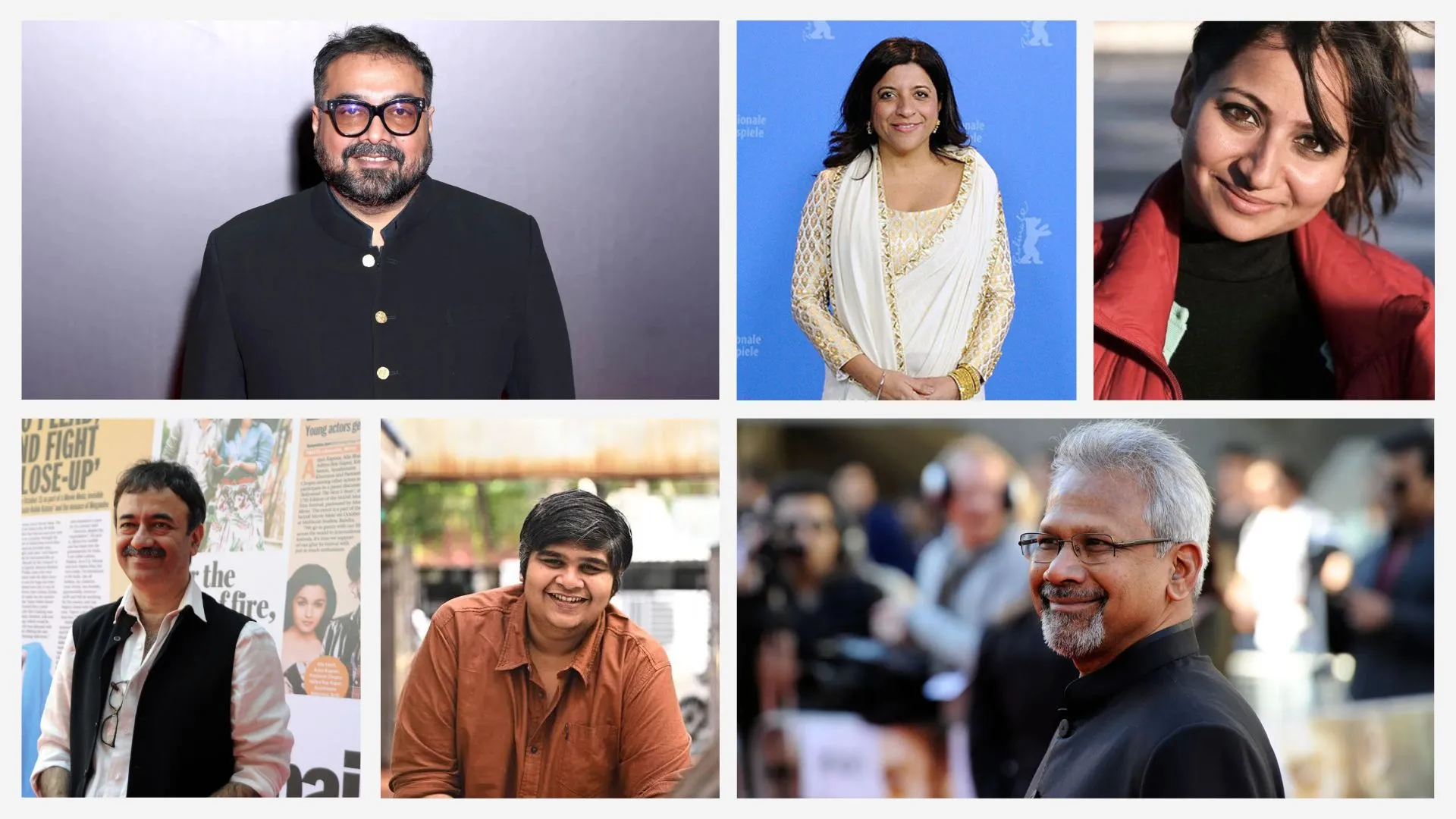
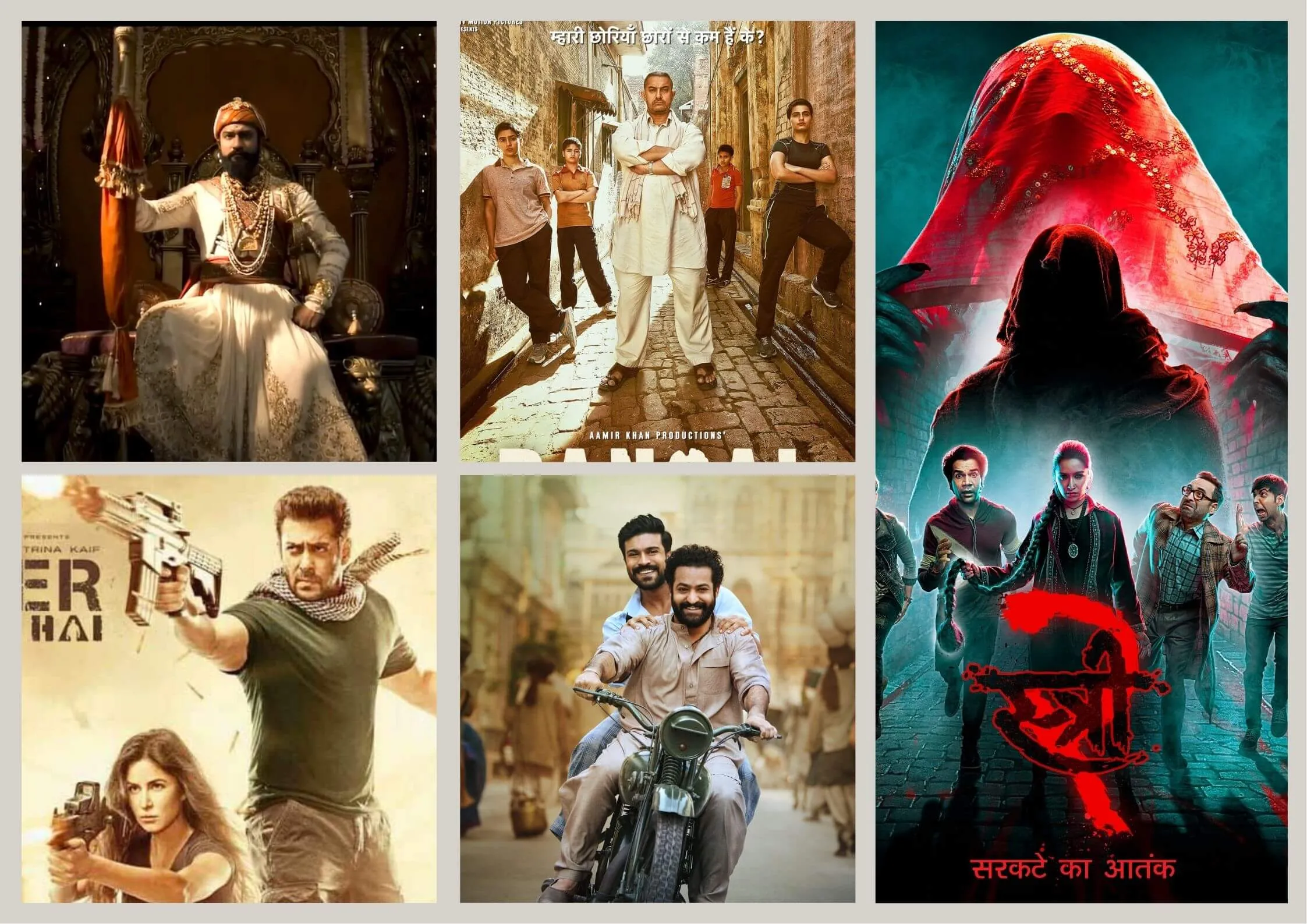
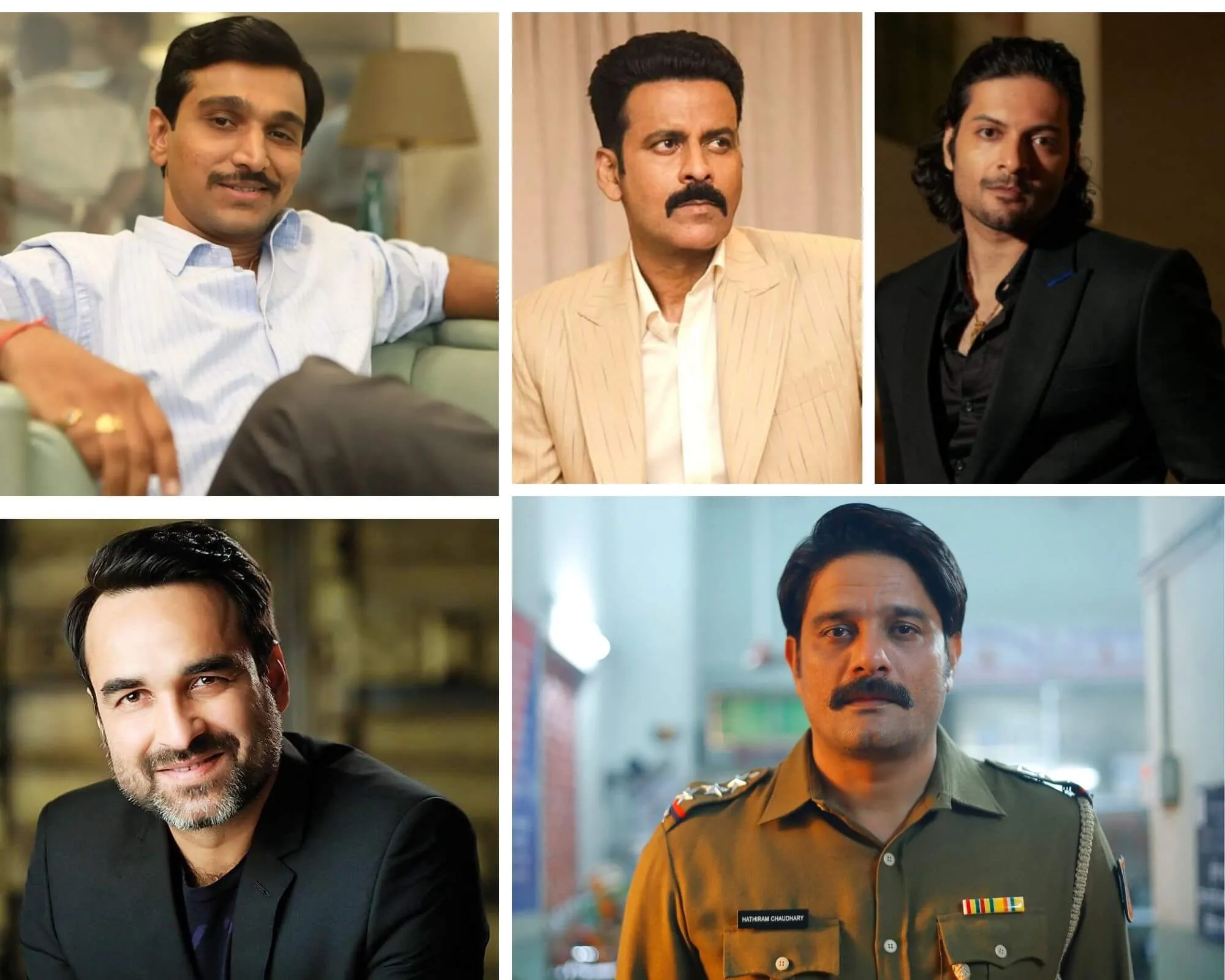
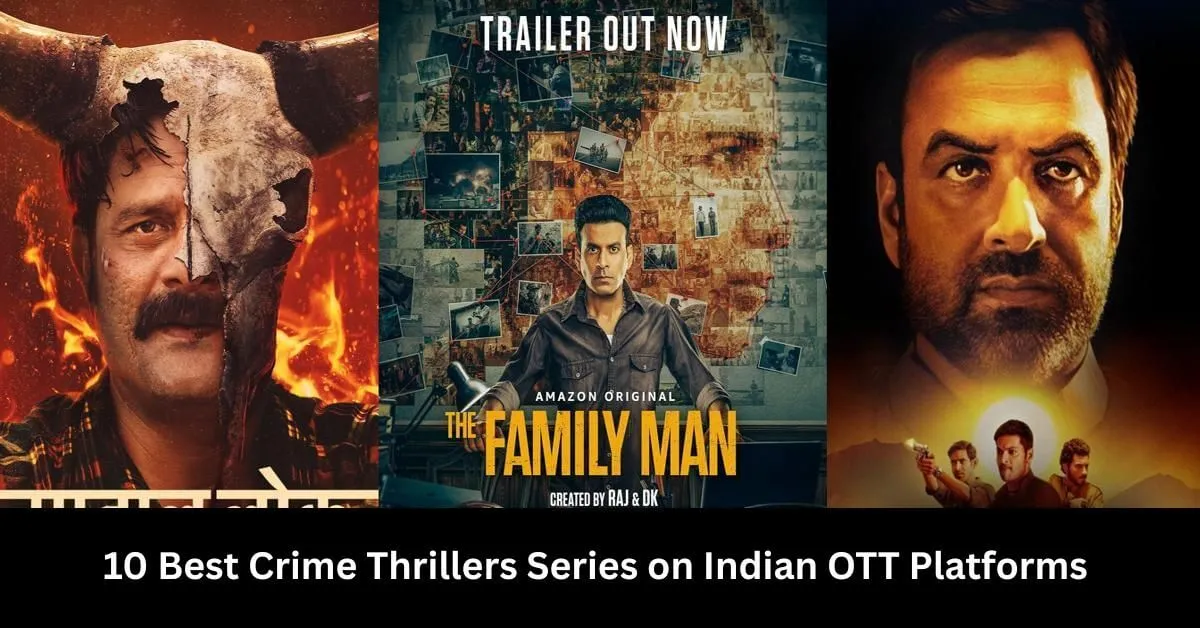

Post Comment